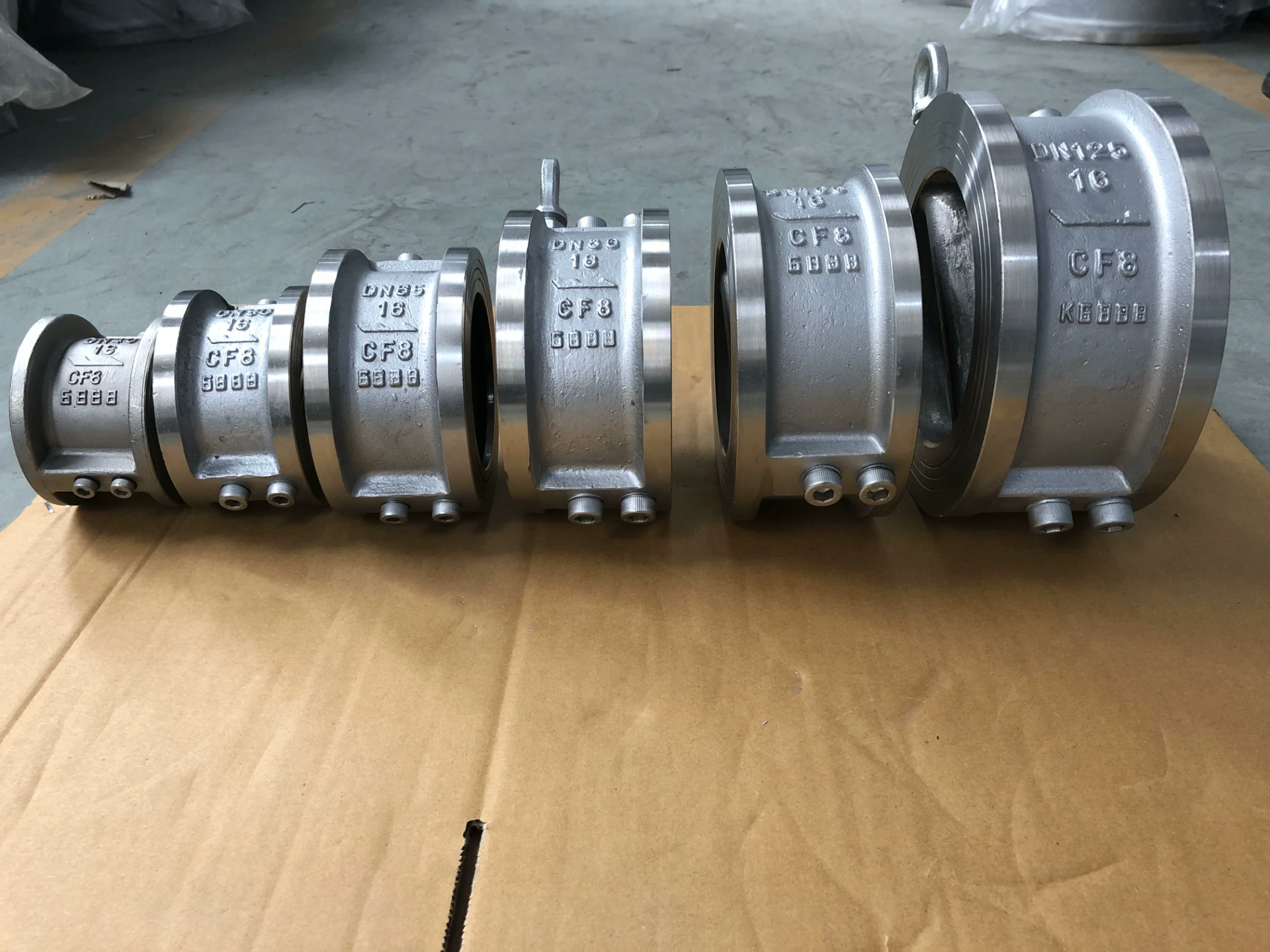check valve
Understanding Check Valves An Essential Component in Fluid Dynamics
Check valves, also known as non-return valves or one-way valves, play a crucial role in fluid dynamics across various industries. Their primary purpose is to prevent backflow in piping systems, ensuring that fluids flow in one direction only. This article will explore the types of check valves, their mechanisms, applications, and maintenance considerations, highlighting their importance in engineering and manufacturing processes.
What is a Check Valve?
A check valve is a mechanical device designed to permit the flow of fluid in one direction while preventing it from flowing in the opposite direction. By maintaining the proper flow direction, check valves help protect equipment, maintain system pressure, and reduce the risk of contamination. They are available in various designs, including swing check valves, lift check valves, ball check valves, and diaphragm check valves, each suited for different applications and fluid types.
Types of Check Valves
1. Swing Check Valves These valves operate using a hinged disc or flap that swings open with forward flow and closes when there is backflow. They are widely used in horizontal pipelines and are particularly effective in applications with high flow rates.
2. Lift Check Valves These valves feature a disc that moves vertically. When fluid flows in the designated direction, the disc is pushed up, and when backflow occurs, gravity pulls the disc back down to seal the opening. Lift check valves are typically used in vertical pipelines.
3. Ball Check Valves A ball check valve uses a spherical ball that rests on a seat in the valve body. Fluid flowing in the correct direction lifts the ball off the seat, allowing flow. If backflow occurs, the ball returns to its seat, creating a watertight seal. This type is beneficial for applications that require a tight seal and minimal leakage.
4. Diaphragm Check Valves These valves use a flexible diaphragm to control flow. As fluid flows in the desired direction, it pushes the diaphragm up, allowing passage. During backflow, the diaphragm is forced down onto the seat, creating a seal. They are effective for controlling corrosive or viscous fluids.
Applications of Check Valves
check valve

Check valves find applications in diverse industries, including water and wastewater management, oil and gas, food and beverage, and chemical processing. In water supply systems, they prevent backflow that could otherwise contaminate potable water. In the oil and gas industry, they are used to maintain pressure and prevent the backflow of hydrocarbons, which could lead to spills and environmental hazards. Additionally, in HVAC systems, check valves help regulate flow and ensure efficient operation.
Maintenance of Check Valves
To ensure longevity and reliable performance, regular maintenance of check valves is essential. Maintenance checks should include
- Inspection Regularly inspect check valves for signs of wear, corrosion, or damage. Look for any debris or buildup that may obstruct the valve's function.
- Cleaning Periodically clean the valve to remove any buildup of particles or fluid residue that may impede its operation.
- Testing Test the valve's functionality to ensure it opens and closes properly. This can be done by temporarily halting fluid flow and checking for any leaks or backflow.
- Replacement If a check valve exhibits significant wear or failure, it should be replaced promptly to avoid system disruptions.
Conclusion
Check valves are an integral part of fluid management systems, ensuring that fluids flow in the correct direction and protecting systems from potential damage due to backflow. Their various designs cater to a wide range of applications and industries, making them a vital component in modern engineering. Ensuring proper maintenance and regular inspections of check valves can help prolong their lifespan and enhance system efficiency, ultimately contributing to safer and more reliable operations across multiple sectors. As industries continue to evolve, the significance of check valves in maintaining fluid integrity and system functionality cannot be overstated.
-
The Key to Fluid Control: Exploring the Advantages of Ball Valves in Industrial SystemsNewsJul.09,2025
-
The Versatile World of 1, 2, and 3 Piece Ball ValvesNewsJul.09,2025
-
Stainless Steel Ball Valves: The Ideal Choice for Efficient Flow ControlNewsJul.09,2025
-
Optimizing Fluid Control with Ball Float ValvesNewsJul.09,2025
-
Manual Gate Valves: Essential for Control and EfficiencyNewsJul.09,2025
-
Everything You Need to Know About Butterfly ValvesNewsJul.09,2025
-
The Versatility of Wafer Type Butterfly ValvesNewsJul.08,2025




